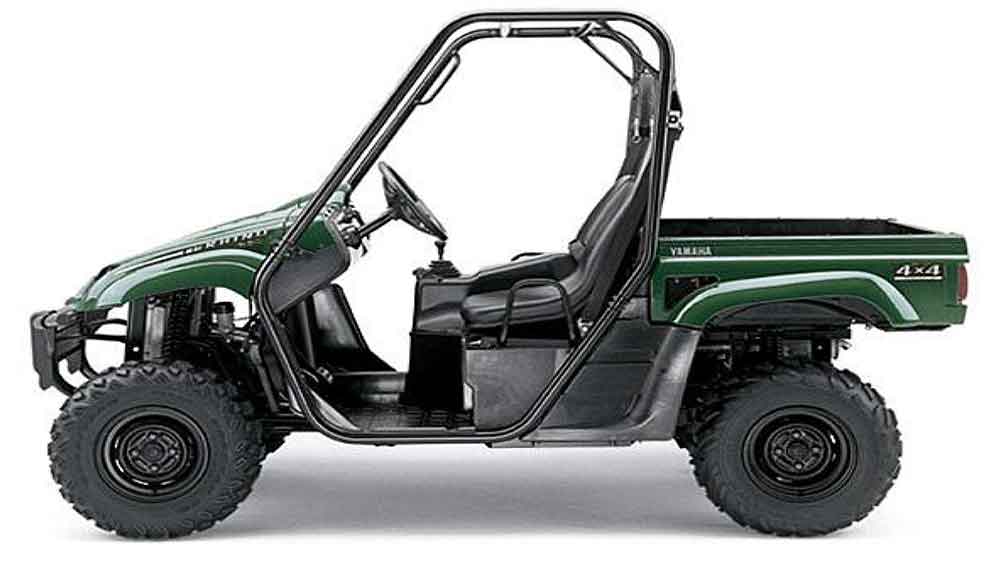 The embattled Yamaha Rhino —subject of a Consumer Products Safety Commission (CPSC) investigation, the product made an example of in a 2008 Wall Street Journal article about growing UTV regulation and a target for many trial lawyers—is now part of a 120,000 unit free repair program to address safety issues for about 120,000 Rhino model 450 and 660 UTVS and 25,000 model 700 Rhino UTVs.
The embattled Yamaha Rhino —subject of a Consumer Products Safety Commission (CPSC) investigation, the product made an example of in a 2008 Wall Street Journal article about growing UTV regulation and a target for many trial lawyers—is now part of a 120,000 unit free repair program to address safety issues for about 120,000 Rhino model 450 and 660 UTVS and 25,000 model 700 Rhino UTVs.
According to the CPSC, staff members have investigated more than 50 incidents involving 46 driver and passenger deaths in these two Rhino models since 2003. More than two-thirds of the cases involved rollovers and many involved riders that were not wearing seatbelts. Of the rollover-related deaths and reported injuries, many appear to involve turns at relatively low speeds and on level terrain, CPSC reports state.
The repair program is designed to reduce rollover risk, as well as improve handling and keep riders’ limbs inside the vehicles. In a press release, Yamaha officials stated that “More than 99% of Rhino owners use the product without incident, the CPSC and Yamaha have examined the small segment of Rhino owners who have had an incident on the product to develop modifications that may help reduce the chance of rollover and improve vehicle handling in certain situations. Yamaha stands behind the Rhino and is proud of the Rhino’s safety record and safety features.”
About 120,000 of the 450 and 660 model Rhinos have been distributed nationwide since fall 2003. Some units have been equipped by Yamaha with half doors and additional passenger handholds, either before or after sale. Yamaha’s repair includes the installation of a spacer on the rear wheels as well as the removal of the rear anti-sway bar to help reduce the chance of rollover and improve vehicle handling, and continued installation of half doors and additional passenger handholds where these features have not been previously installed to help keep occupants’ arms and legs inside the vehicle during a rollover and reduce injuries. Owners of the affected Rhinos should stop using them and call their dealer to schedule an appointment to have repairs made once they are available and to take advantage of a free helmet offer.
Yamaha notes that once these repairs have been made to their vehicles, Rhino users should always wear their helmet and seatbelt and follow the safety instructions and warnings in the on-product labels, owner’s manuals and other safety materials. The Rhino is only recommended for operators 16 and older with a valid driver’s license. All passengers must be tall enough to place both feet on the floorboard with their back against the seat back.
This most recent Rhino action from the CPSC follows a 2008 Rhino 450 and 700 UTV recall due to faulty brake calipers.
Visit yamaha-motor.com.
